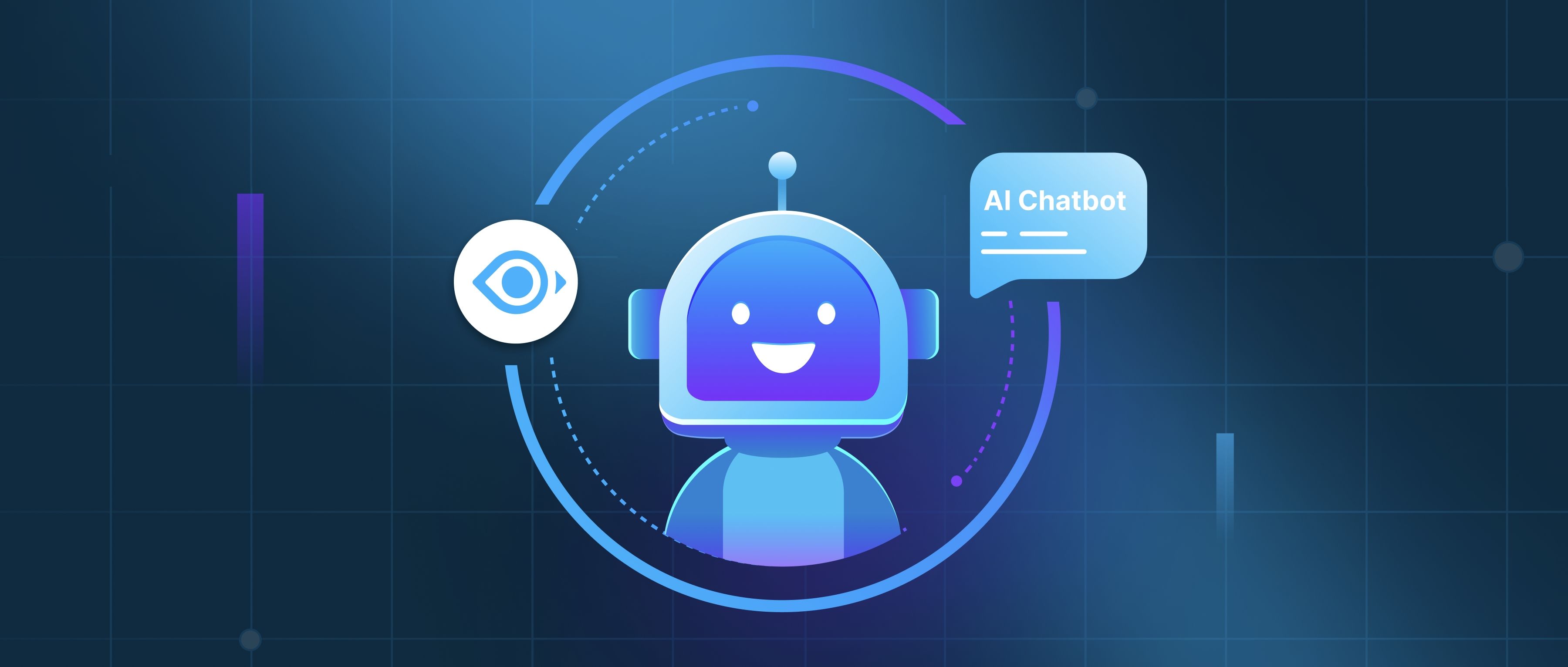Zero-shot learning (ZSL) in the context of text generation refers to the ability of a model to generate relevant and coherent text based on prompts it has never seen before. Unlike traditional machine learning methods that rely on extensive labeled datasets for training, zero-shot learning leverages pre-trained models that have learned from a vast amount of diverse text data. This allows the model to generalize its understanding and apply it to new tasks without requiring specific training examples for each one.
For instance, consider a text generation model that has been trained on a large corpus for various writing tasks, such as summarization, translation, and creative writing. When given a prompt such as "Write a product review for an imaginary smartphone," the model can generate a relevant response even though it has never been explicitly trained on the exact task of writing product reviews. This is possible because the model understands the components of a review from similar text it has encountered, enabling it to pull together the necessary elements like features, benefits, and user experiences to create a persuasive piece.
In practical applications, zero-shot learning can be extremely beneficial for developers working on text generation tasks where collecting labeled data is challenging or impractical. For example, an organization may want to generate reports on specific market trends without having historical examples to train a model on. By using a zero-shot learning approach, the developer can simply provide the model with a high-level description of the desired report, and it will generate a structured text that meets the requirements. This flexibility not only saves time and resources but also allows for a more agile development process, as the model can adapt to various writing tasks swiftly without the need for additional training.
